American Legion Post 283 Becomes Ground Zero for Recovery After Palisades Fire
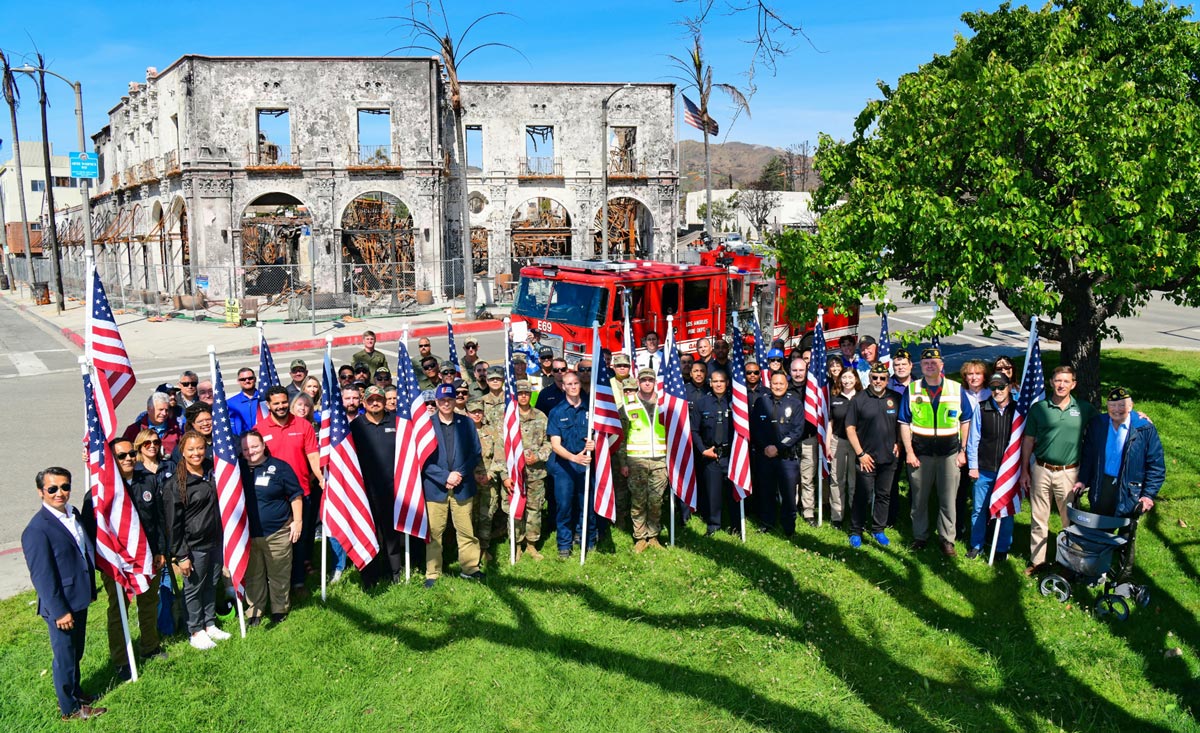
Palisades Volunteers: Ronald Reagan American Legion Post members in blue caps with the National Guard, LAPD, FEMA, etc. (Photo courtesy of Jim Cragg)
By How Miller
LTC (R) Jim Cragg is a retired Green Beret of the GWOT variety, serving since 1994. The first time I met him, at a Special Forces Association (SFA) Chapter 78 monthly meeting, he was everything you would expect, but that was not what was so remarkable. He was simultaneously the president of his Ronald Reagan Memorial American Legion Post 218, one of the largest and most active posts in the country. He would announce various exciting activities they were hosting and extended us all an invite. He also was the owner/operator of SOTECH, which designed and supplied improved combat devices to SOCOM and others.
At a Chapter 78 meeting, Jim showcased SOTECH’s one-handed tourniquets, now essential in battle. He then teamed up with long-time friend Dana Vilander of VCT
Training to provide “Stop the Bleed” training (https://www.stopthebleed.org/training/), offering hands-on experience with cutting-edge bleeding control methods. The advancements were impressive, even for us old 91B medics.
He was obviously a very busy and industrious individual. So when the Pacific Palisades fire was raging around his home and the Post, he did what he always does. He put his logic and his big heart to work to try to save his home and secure his family’s safety, along with anyone else he could help. Fortunately, he had in his garage the only sample of an item he was toying with producing at his company.
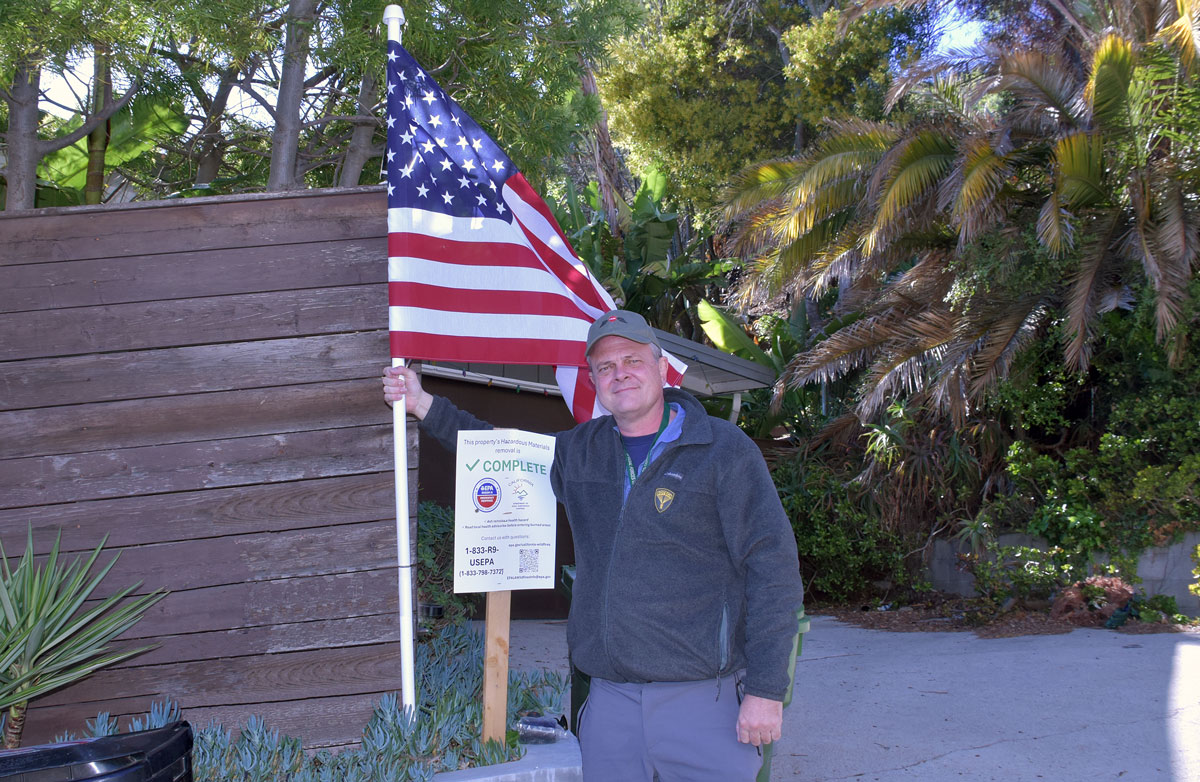
Jim plants a large flag by the National Guard “cleared” sign at his home. (Photo courtesy Rick Carter)
He had a few everyday garden oscillating sprinklers and some spray-hose-applied fire retardant. He connected the sprinklers to his garden hoses and threw them on the roof. He started the water and went on the roof to position them for the best results. Then he sprayed the outside of the house with fire retardant, paying attention to the undersides of the eaves, which is a common fire entry point.
After a while, he looked up again to check and noticed that he was becoming surrounded by the fire, so he left in his vehicle. He got as far as he could and left his car, but while on foot he decided he did not want to leave his car to burn. A neighbor showed up and started strongly advising people to turn around. One of the post members had begun directing people the wrong way down a one-way street, which worked superbly.
Meanwhile, Jim was growing increasingly concerned about his daughter Charley’s safety. He managed to reach his wife, Susie, by phone, and she told him Charley was okay. A classmate’s mother had picked up Charley and taken her to safety.
Now that he was able to calm down a bit, he went to the American Legion Post. Eventually Jim and a friend decided to try to go back to the house. When they arrived, there was no longer any water coming from the hoses. So his friend started passing buckets of water from the pool up to Jim on the roof. They were able to soak it well, and then they left.
The fires raged through another day, burning down Charley’s school and many other homes and buildings. The winds complicated the situation by reaching up to 100 miles per hour, which is enough to blow a burning piece of wood straight through double-paned windows and start a fire from the inside.
Recent photos illustrate the destruction in Jim’s neighborhood; the destruction made its way all the way to the ocean along Pacific Coast Highway.. (Photo courtesy of How Miller and Rick Carter)
When he ultimately returned, he found his home was saved, along with several around it. Some people claimed his efforts may have saved as many as twelve homes “downstream” from his.
When he went back to his American Legion Post, he noticed that the post was in fine shape, while the school across the street was gone, the church on the other side was gone, and several other nearby structures were lost. Within the next few days he saw that FEMA had set up a tent at a burned-up lot nearby. He approached them and said,. “There’s no sense in you being out here with no food, water, restrooms, phones, and electricity. Why don’t you come to the post and set up shop there?” They appreciatively agreed, and now several other organizations have joined them, and it is now the central location for finding services.
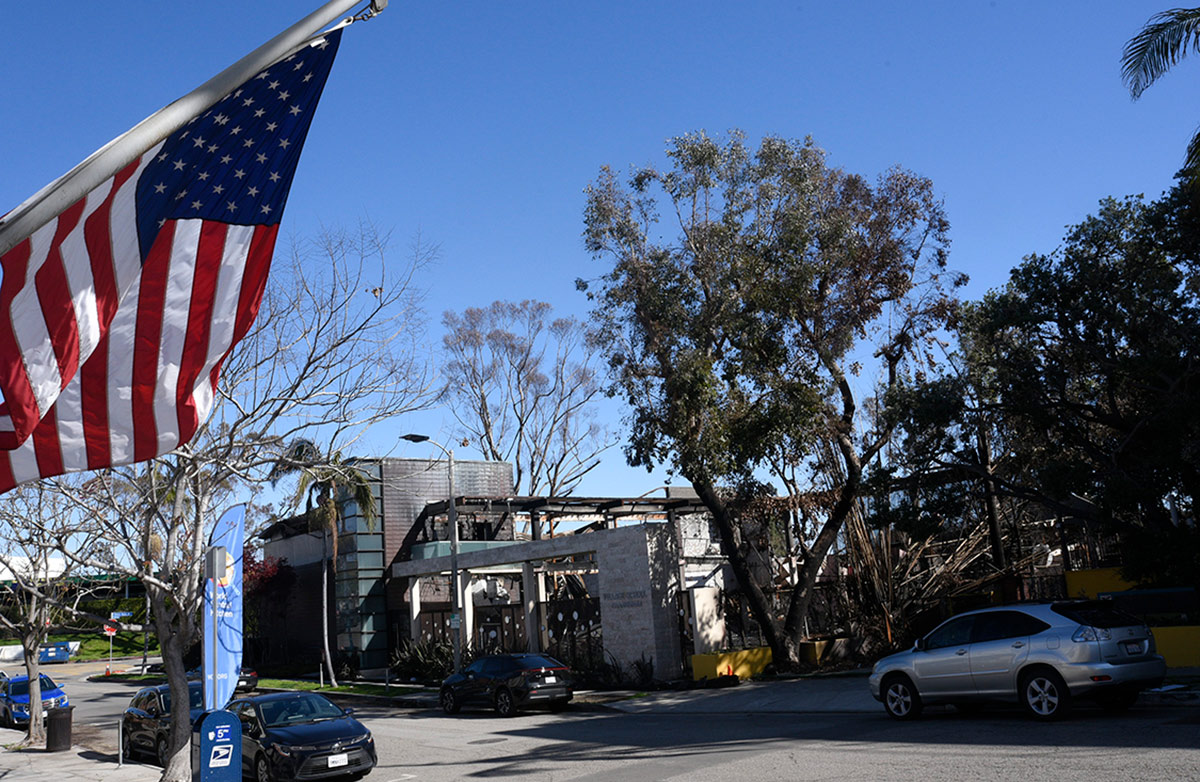
The burned-out school across the street from the American Legion Post’s building. (Photo by How Miller)
There are setups for FEMA, the US Army Corps of Engineers (ACE), the National Guard, the Small Business Administration (making business, individual, and disaster loans), Habitat for Humanity, Union contractors, mental health counselors, and World Central Kitchen, among others.
In March the post also hosted a Multi-Agency Resource Center (MARC) event put on by the Emergency Network Los Angeles (ENLA). With participating agencies such as the American Red Cross, the Small Business Administration, the Salvation Army, World Central Kitchen, the event served as a one-stop hub to access assistance and support.
The local TV Channel NBC4 got wind of what was going on and interviewed him to help get the word out. Jim has even become something of an internet celebrity. A lot of dignitaries have shown up, and Jim talks with all he can. It’s a lot of work sometimes.
The overriding message he has to share, along with the need to be prepared, is the tremendously dedicated work being done by our U.S. Army. The Corp of Engineers deals with getting the area back up and running. First, they deal with issues of toxicity, mostly metals and some other household goods. He showed us an electric vehicle that had been flipped over onto its roof so the big battery could be removed. The metals can be found soaked down in the top 6 inches of soil.
While the National Guard is securing the area, the Corp inspects all the sites, creates an action plan, marks trees for removal, and scrapes off those top 6 inches of soil and transports and processes it until it reaches its resting place at the Central Valley Kettleman Hills Facility .
He points out that the Corp provides their services free of charge and are the community’s anchor in its time of need. Along with the diligent and polite protection offered by the Army National Guard, they are something each citizen should be proud of.
Jim’s number one mission is to instill hope in his neighbors. According to recent figures the percentage of people that intend to stay has risen from 29% to over 60%, which brings a big smile to his face while keeps hoping to improve that.
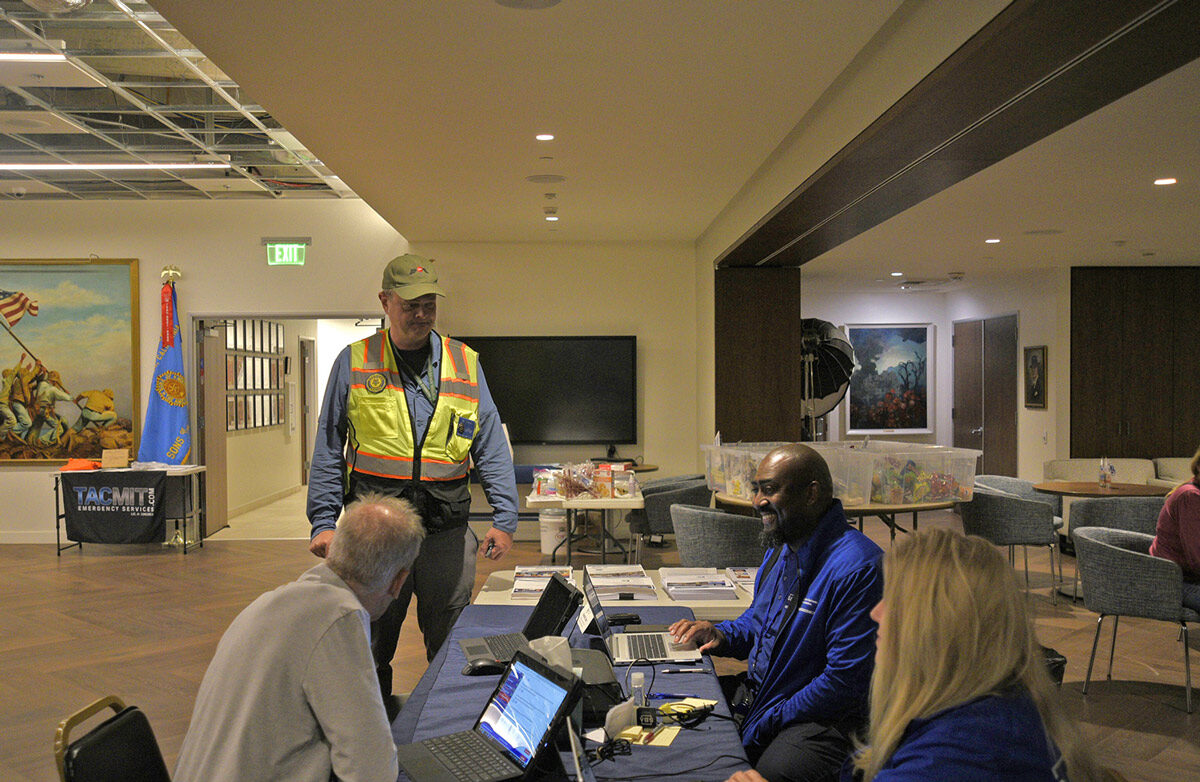
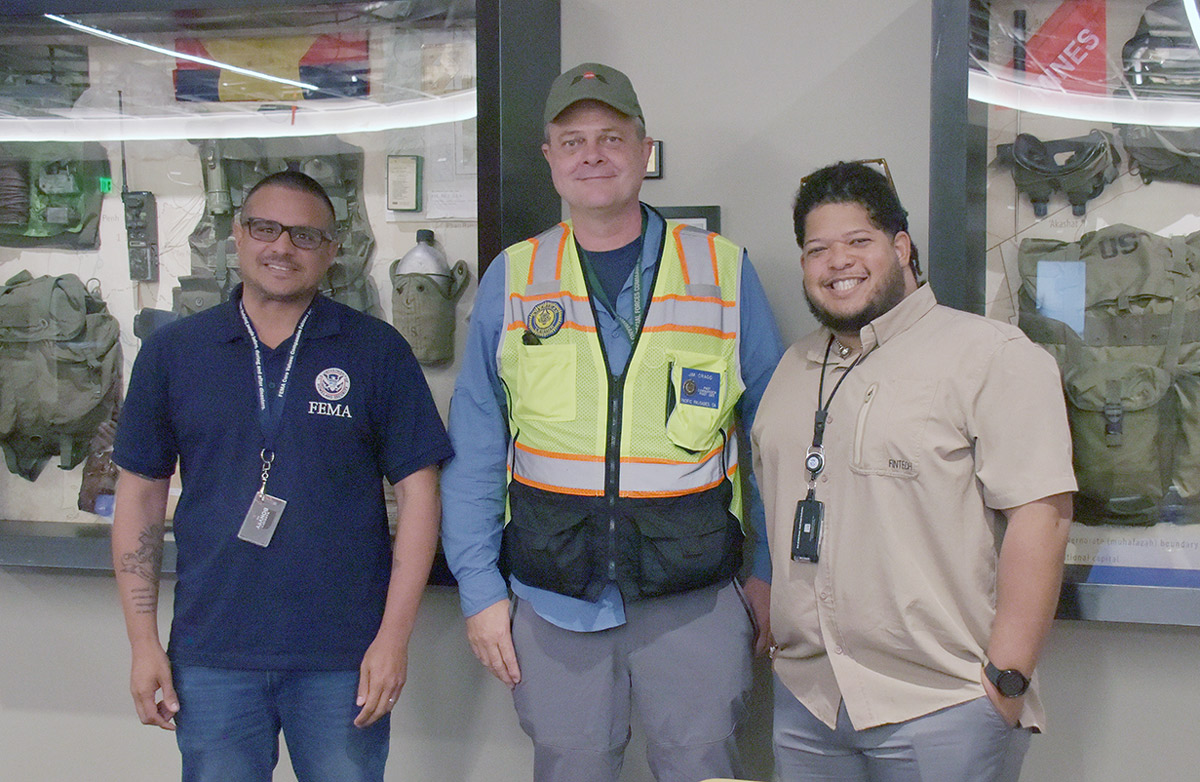
Jim Cragg invited FEMA and other groups offering assistance to fire victims to set up shop in the American Legions Post. The buildings surrounding the hall had been destroyed, and a tent had been set up in a burned out lot for them to operate. The Post is now a community hub for those seeking help. (Photos courtesy Rick Carter and How Miller)
Besides the Post offering a location for the steady stream of people showing up for services, it helps out wherever it can, providing needed transportation and food. And as a morale boost, they go around and raise flags at the lot of each veteran’s home in the affected area. When we were at his house, he replaced the small flag that was displayed with a larger version, right beside his ACE sign declaring his site is toxicity free.
Jim recently retired from the US Army, after a career filled with innovation. He spent the last ten years with 10th SFG (A) and a lot of time with JSOC and SOCOM. He still is serving in a job at the Pentagon where Jim says he works on “visionary things.”
Rick Carter and I met Jim at SOTECH on the way to the Palisades so he could pick up some useful items for the post. It was filled with the typical items one associates with making top-quality items, such as specialized backpacks, medical kits, and other kit bags. He has a laser cutter so he can achieve precise and smooth edges that are cauterized to prevent fraying. He also has a wall filled with Hollywood prop mockups of the weapons that he uses to fit the holsters and kit bags.
Jim’s collection of model tanks, cavalry, and infantrymen on display in is SOTECH office (Photo courtesy Rick Carter)
His office was a big surprise. He is an avid collector and has a chronological display of armor and weapons dating all the way back to the Greeks. That, along with his huge collection of model tanks, cavalry, and infantrymen, is quite impressive.
A final note that Jim would appreciate being mentioned. When he began his four-year stint as Post Commander he instituted many changes. One of which was to push forward the idea that organizations like TAL, VVA, VFW, and SFA can accomplish more by working together. It also builds more camaraderie between veterans.
About the Author:
How Miller has served as the editor of Chapter 78’s Sentinel since January 2021. Read How’s Member Profile to learn more about him.
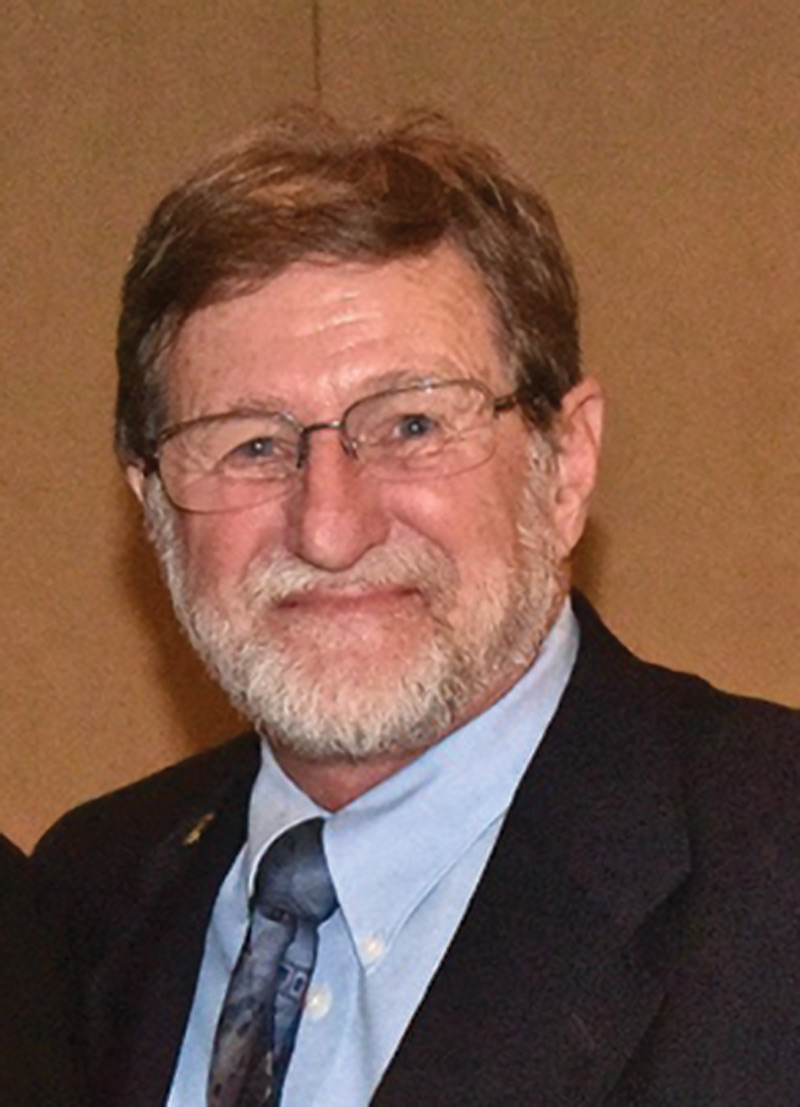
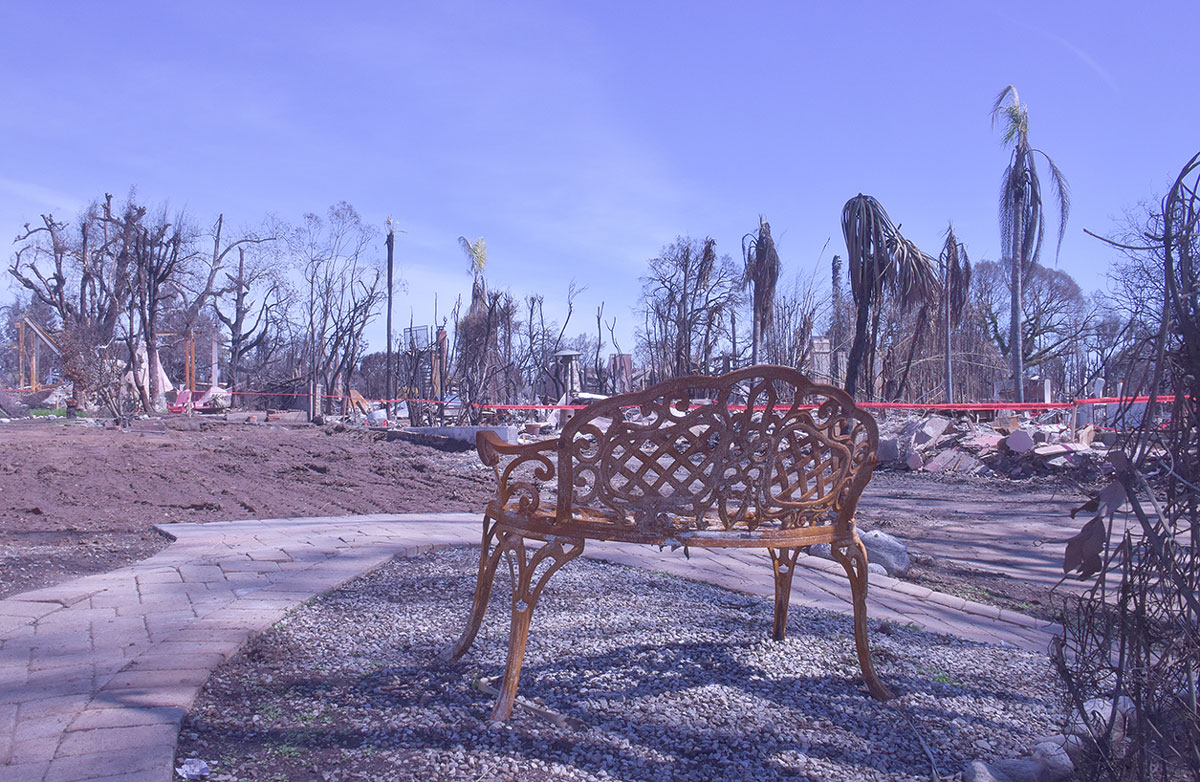
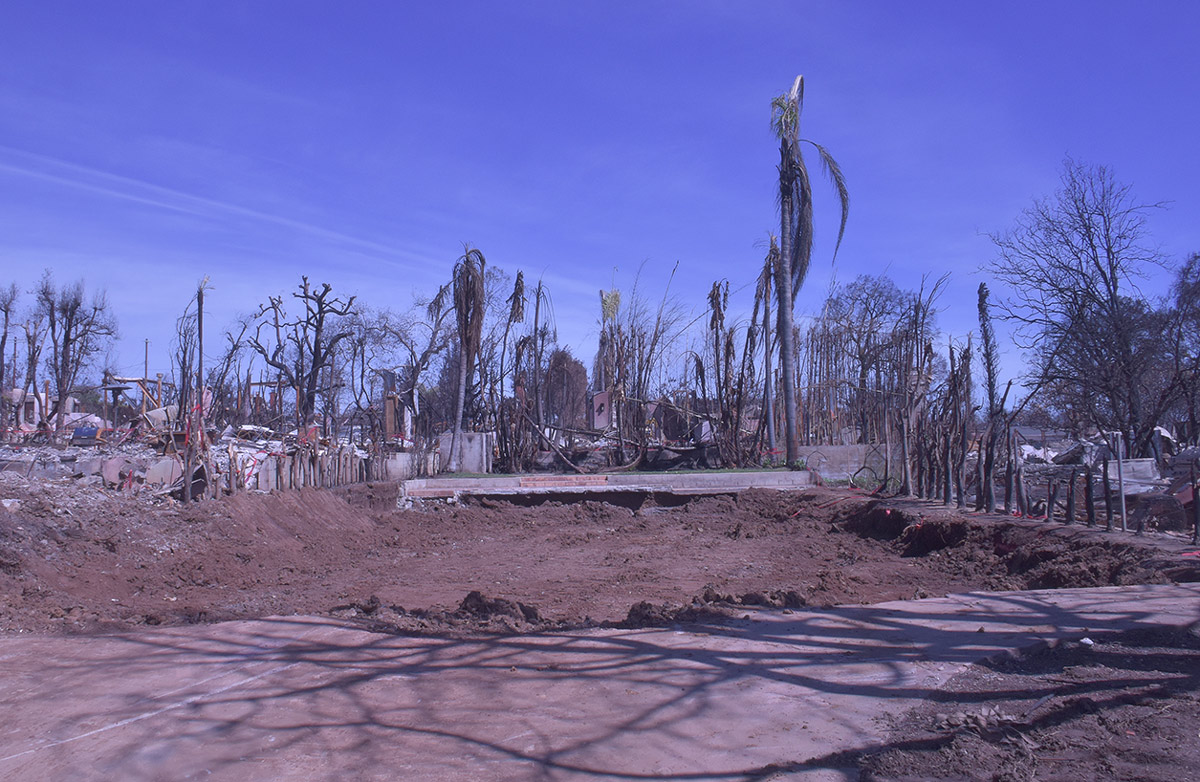
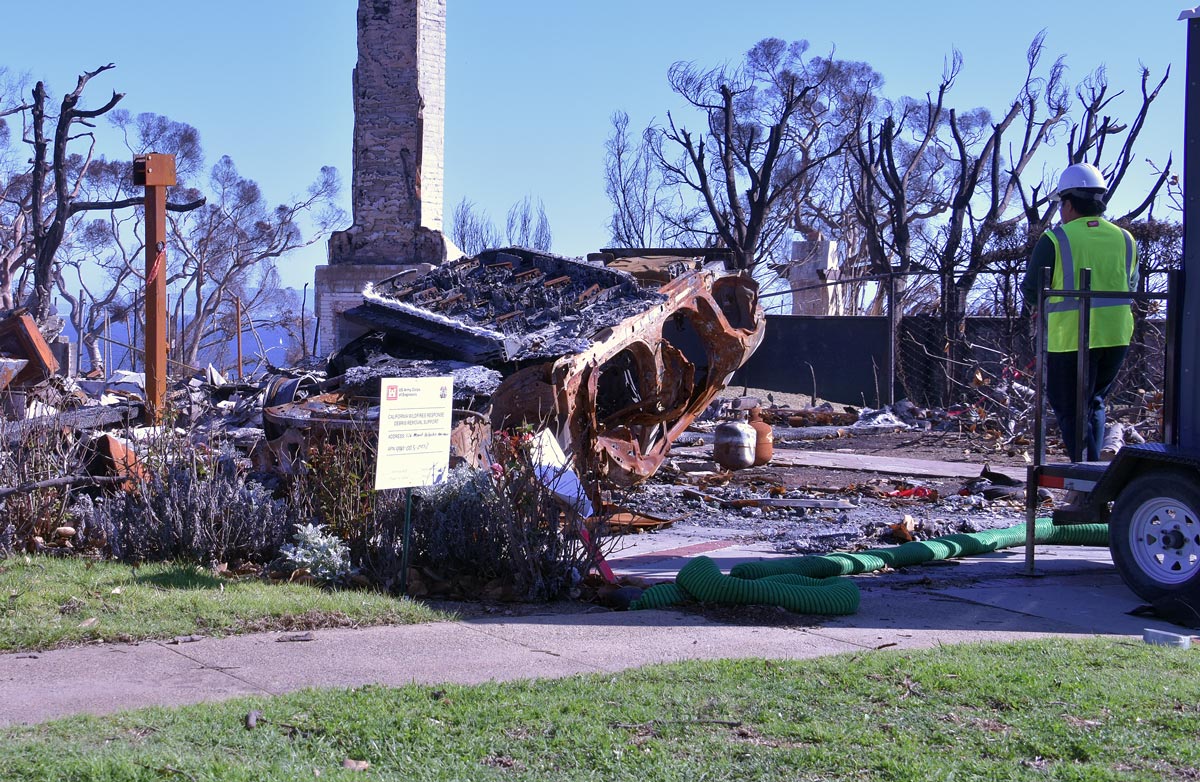
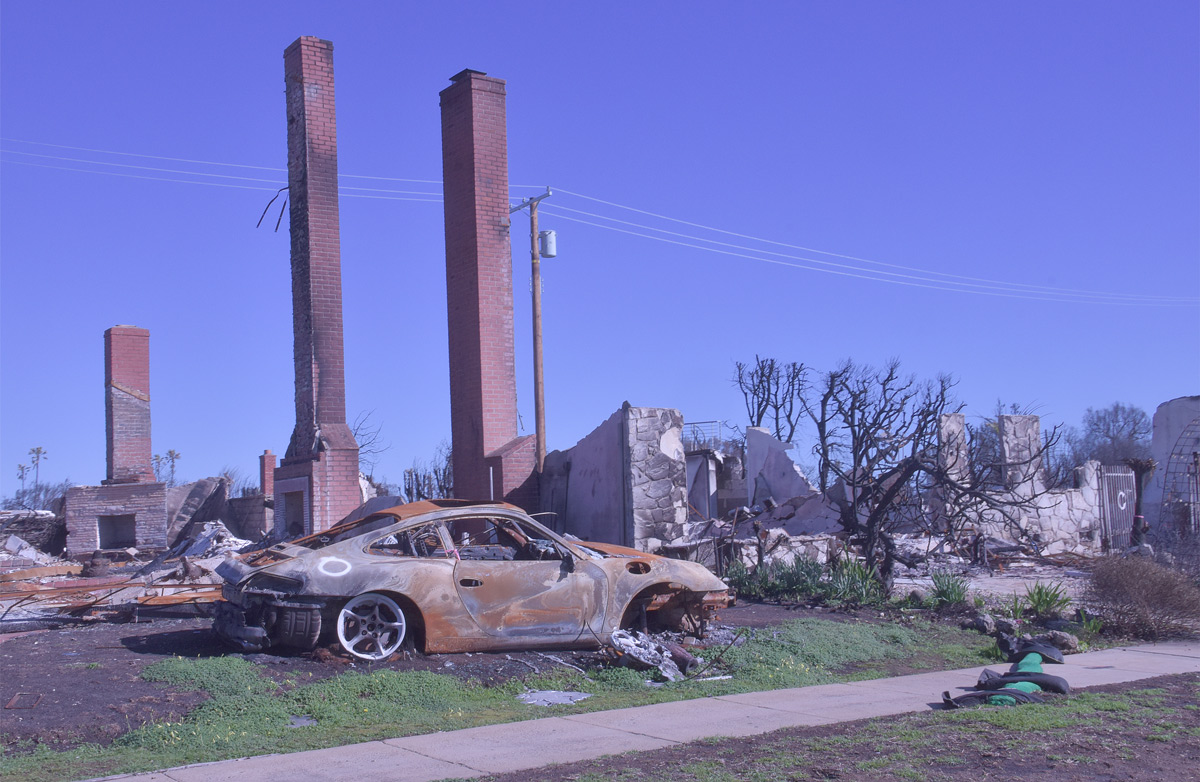
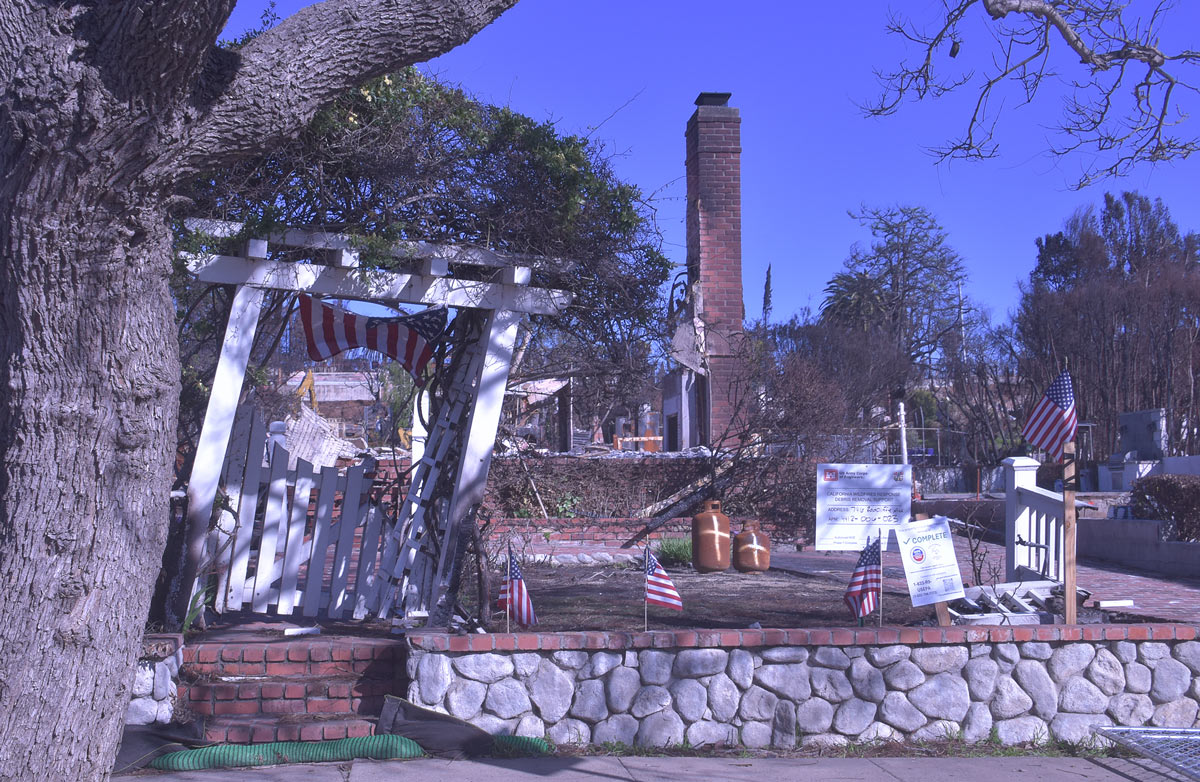
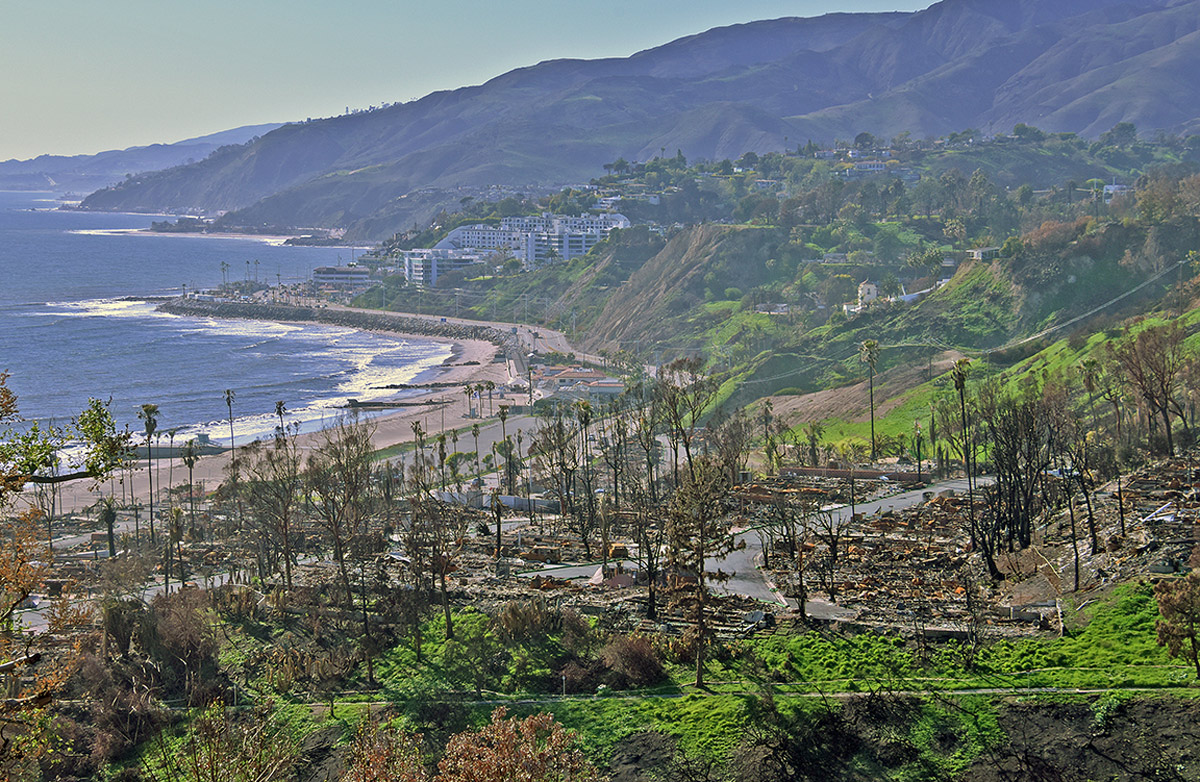
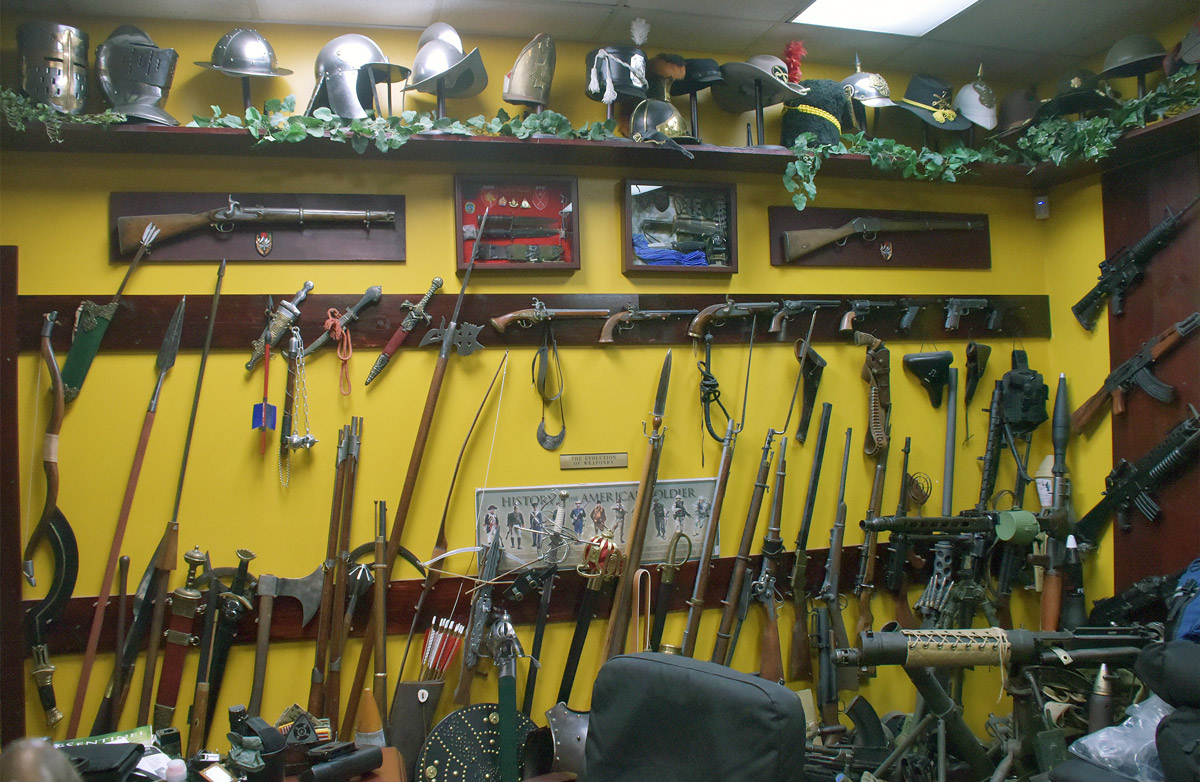
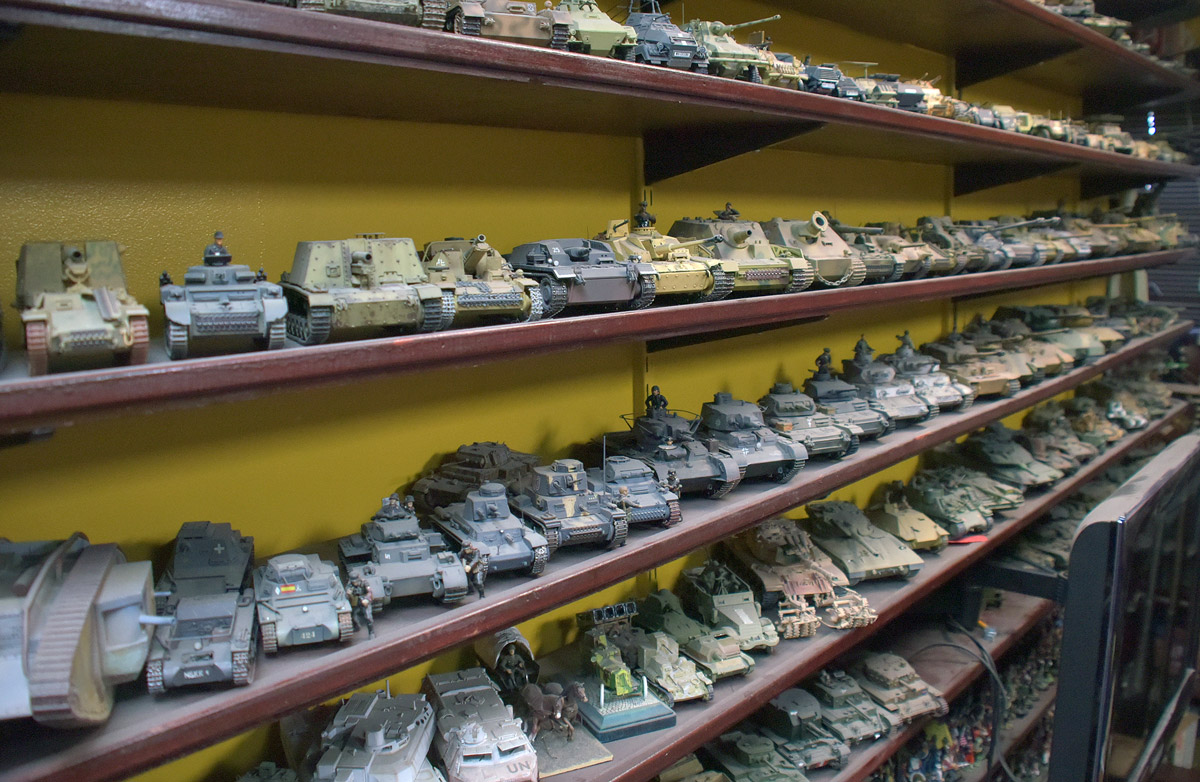
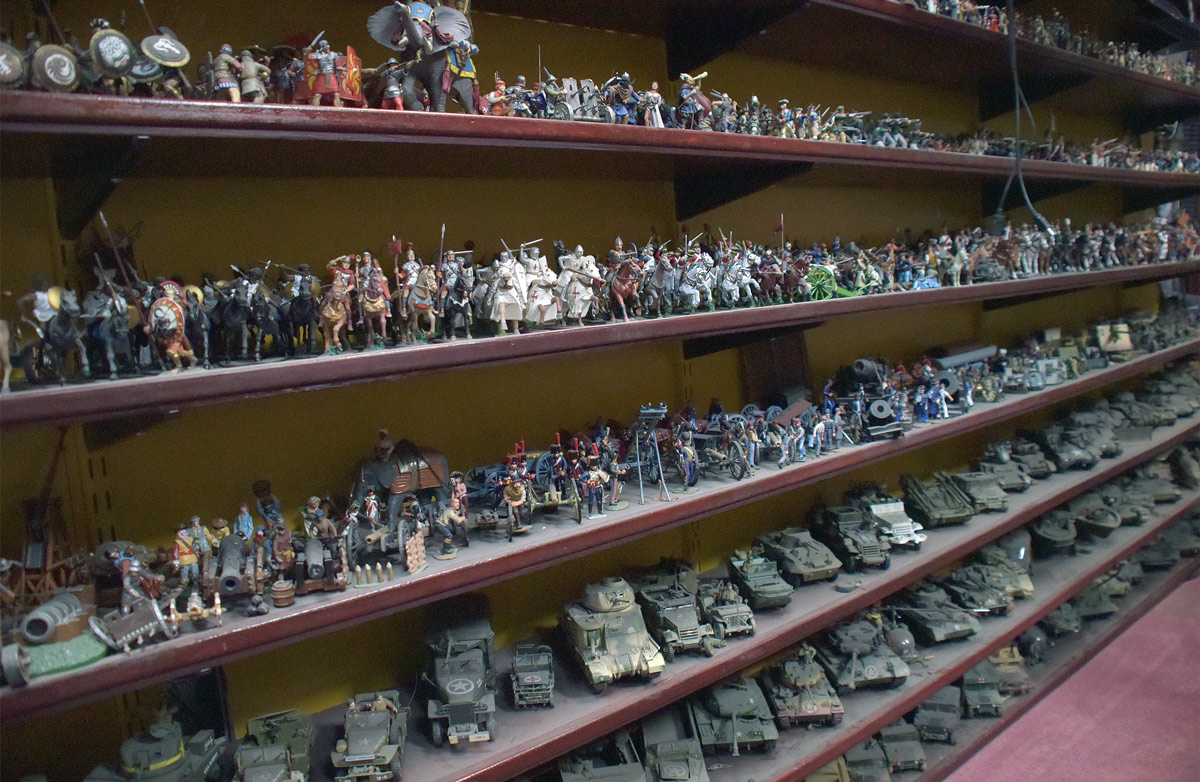
Leave A Comment